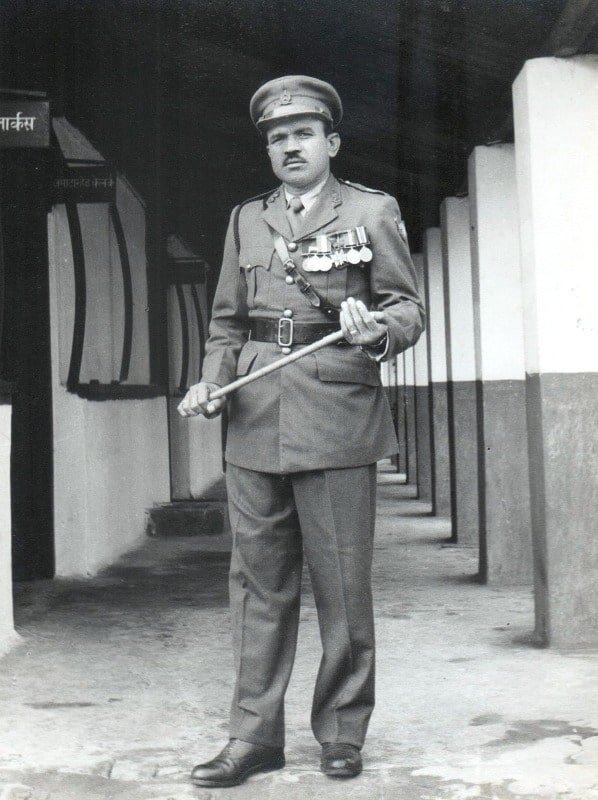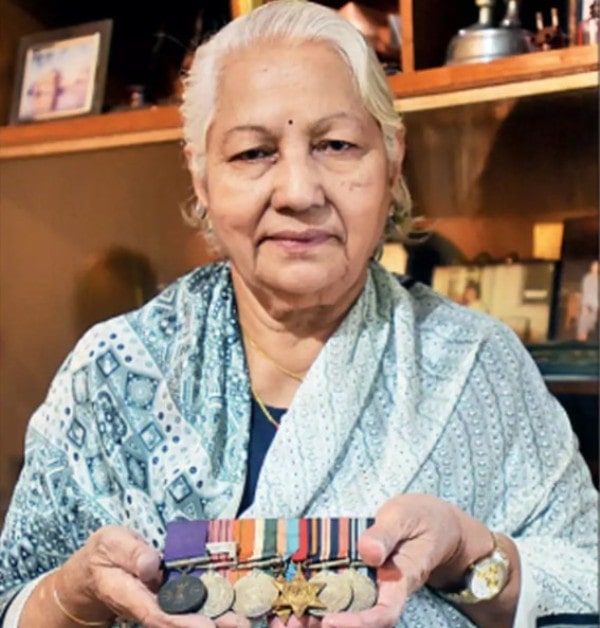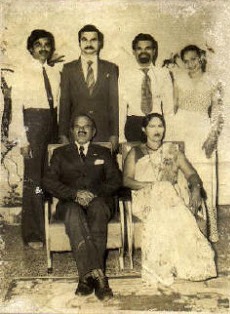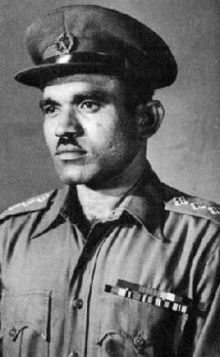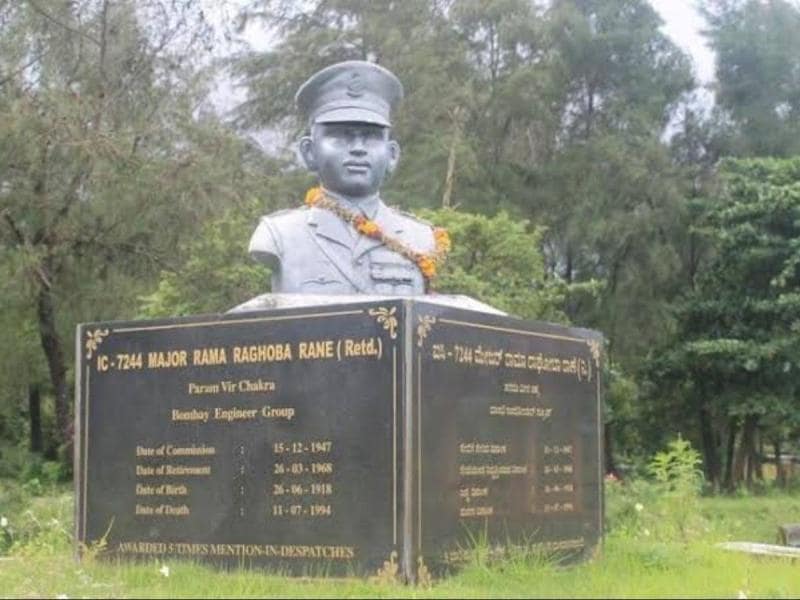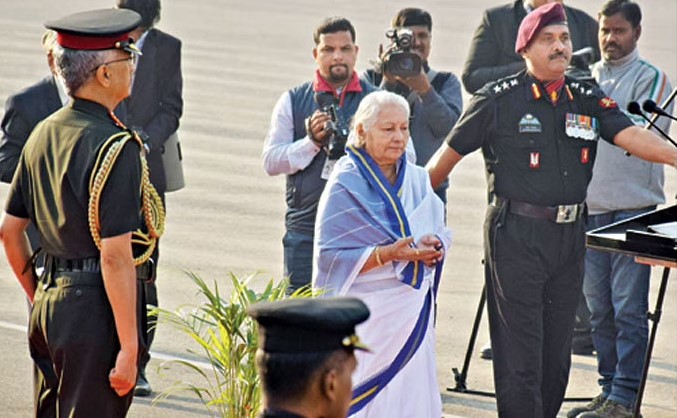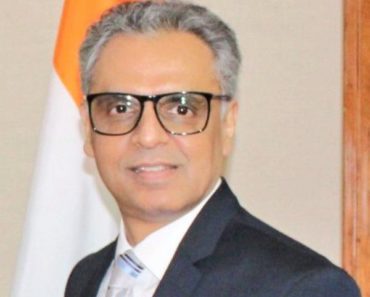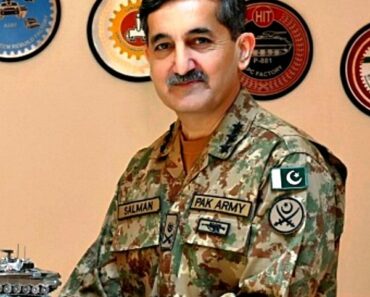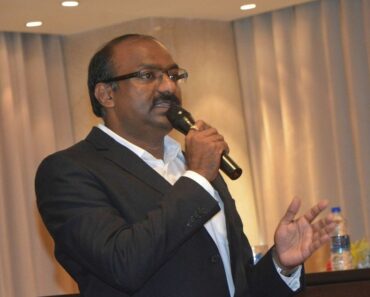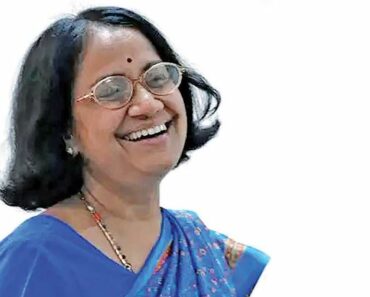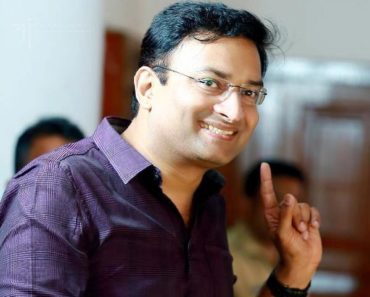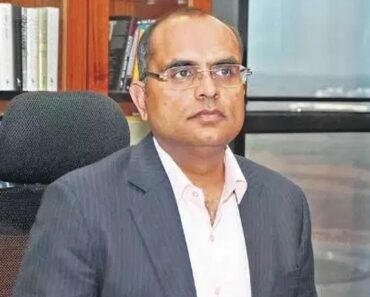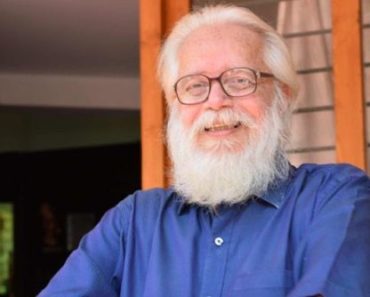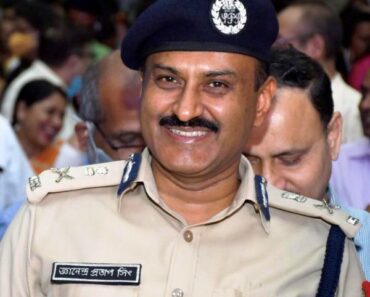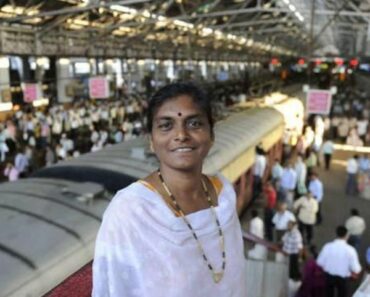Major Rama Raghoba Rane (back then he was a Second Lieutenant) was an officer in the Indian Army who participated in the first Ind0-Pakistan War of 1947. Rama Raghoba Rane was awarded India’s highest gallantry award, the Param Vir Chakra, for undertaking tasks, under heavy enemy fire, that were important for the capture of the Rajauri district of Kashmir. Rama Raghoba Rane became the first living recipient of the Param Vir Chakra in the nation’s history.
Contents
Wiki/Biography
Rama Raghoba Rane was born on Wednesday, 26 June 1918 (age 76 years at the time of death) in Chendia village, Karwar district of Karnataka. [1]Guns, Guts and Glory: Stories from the battlefield by Rachna Bisht Rawat As a young child, Rane had a difficult time studying in the district schools as his father was in a transferrable job. In the 1930s, as a youngster, he was immensely influenced by the call of Mahatma Gandhi, asking the youth to demand freedom from the British reign. Rama Raghoba Rane began partaking in the campaigns related to the non-cooperative movement. When his father came to know about his affiliation with the movement, Rane was sent back to his ancestral village at Chendia. [2]Param Vir: Our Heroes in Battle by Major General Ian Cardozo On 10 July 1940, at the age of 22, when the Second World War was at its peak, Rama Raghoba Rane decided to join the British Indian Army. He was enlisted in the Bombay Engineer Regiment, and as a recruit, he was handed the Commandant’s cane for his outstanding performance during the training period. [3]Param Vir: Our Heroes in Battle by Major General Ian Cardozo
Family & Caste
Rama Raghoba Rane belonged to a Konkan Kshatriya Maratha family. [4]Guns, Guts and Glory: Stories from the battlefield by Rachna Bisht Rawat
Parents & Siblings
Father
His father’s name was Raghoba P. Rane, who was a police constable in Uttar Kannada district of Karnataka.
Mother
His mother’s name was Devika Devi.
Wife
He married Rajeshwari Devi on 3 February 1955. [5]The Times of India
Children
He is survived by three sons and a daughter.
Address
He resided at 23, Uashwant Nagar, Rane Circle, Ganeshkhind Road, Pune, Maharashtra – 411007, India. [6]The War Decorated India & Trust
Career
During the Second World War
Rama Raghoba Rane joined the army as a non-commissioned officer. Soon after the completion of his training, he was promoted to the rank of a Naik. During the Second World War, he was moved to the eastern front to fight with the advancing Japanese forces in Burma (now Myanmar). He was a part of the 28th Field Company, the Engineer Regiment. After the failed British campaign to regain control of the Arakan Provinces, the Japanese attack forced the British commonwealth forces to retreat to safer lines.
Ordered to stay back
Naik Rane and a few men were tasked by their commander to remain at the place, to cover the retreating troops and also to destroy a few key assets. They were promised to be evacuated with the help of the British Indian Navy, a help that never came. This led to Rane and his men crossing the river at Buthidaung by themselves. Rane with the help of his skills and bravery successfully managed to evade the Japanese troops patrolling the banks of the river. They managed to make it back to the safer lines, and for his actions, Rama Raghoba Rane was promoted to the rank of a Havildar.
Moving forward with promotions and commissioning in the Indian Army
During the Second World War, Rane received yet another promotion. A Viceroy’s commission was given to Rane, and he was made a Jamedar (present-day Subedar). After India gained independence, Rane decided to stay in the newly raised Indian Army. He was given a short service commission and was promoted to the rank of Second Lieutenant. [7]Stories of Heroism: PVC & MVC Winners by BC Chakravorty
The Indo-Pakistani War of 1947-48
After recapturing Jhangar, Noushera from Pakistani hands, the Indian Army’s next move was to capture and secure the Rajauri district. The 4th Dogra Battalion attacked and captured Barwali ridge which was 11 kilometres north of Noushera. To stop Indian advancements, the retreating enemy had laid obstructions of mines and huge pine trees all along the road. Thus making it impossible for the infantry and the armoured squadrons to progress. Rama Raghoba Rane was in command of the 37th Assault Field Company, which was tasked to clear out the obstructions so that the columns can move forward safely. On 8 April 1948, while clearing the obstacles, Pakistani forces began a heavy bombardment of the Indian position, as a result of which, 2 soldiers were killed and 5 were injured, including Rane. Despite being injured, he continued to clear out the obstructions. While doing so, Rane and his team came under sporadic enemy machine-gun fire, which meant that the enemy could see them. Despite all this, Rane and his team successfully cleared out the obstacles. Rane realized that the road ahead was still very dangerous for the tanks, so Rane and his men made a safer diverged lane for the tanks to move forward by working throughout the night. On 10 April 1948, the troops of the 4th Dogra Battalion had covered only 13 kilometres, before they once again faced roadblocks. Within two hours, Rane and his men cleared the route for the troops to move forward. The enemy’s heavy fire blocked all sorts of approaches to clear out the minefield, as a result of which Rane used a tank to take cover behind it, from the Pakistani machine gun fire, as he blasted the roadblocks to smithereens with the help of explosives. His actions from 8 to 11 April 1948 contributed greatly to the army’s march towards Rajauri. Rane not only saved Indian soldiers but also saved many civilian lives. [8]Stories of Heroism: PVC & MVC Winners by BC Chakravorty
An excerpt from the Indian Army’s official Param Vir Chakra citation of Major Rama Raghoba Rane stated,
Second Lieutenant Rane again started work on the roadblock in spite of machine-gun fire with the support of one troops of tanks. With sheer will power he cleared this roadblock by 0630hours. The next thousand yards was a mass of roadblocks and blasted embankments. That was not all. The enemy had the whole area covered with machine-gun fire but with superhuman efforts, in spite of having been wounded, with cool courage and exemplary leadership and complete disregard for personal life, he cleared the road.”
The career continued after the war
Rama Raghoba Rane went on to become a Lieutenant on 14 January 1950. He was further promoted to the rank of Captain on 14 January 1954. By the time he retired in 1968, Rama Raghoba Rane had become a Major in the army. Even after retirement, he was a part of the Indian Army, as he was re-employed by the army till 1971. [9]Param Vir: Our Heroes in Battle by Major General Ian Cardozo
Awards
Major Rama Raghoba Rane was awarded the Param Vir Chakra for showcasing outstanding bravery in the face of the enemy with complete disregard for personal safety.
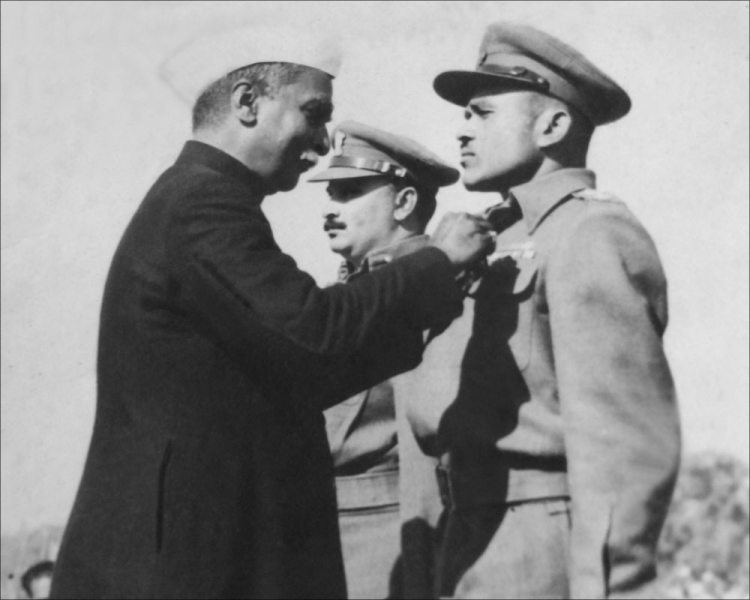
Major (then Lieutenant) receiving the Param Vir Chakra by the then President Dr Rajendra Prasad on Republic Day 1950.
Honours
- The Ship Corporation of India has named one of its crude oil tanker ships MT Lt. Rama Raghoba Rane, PVC to honour the brave soldier.
- His bust was established at the INS Chapal, a naval warship museum at Karwar.
Death
He died due to natural causes at the age of 76 on 11 July 1994 at Command Hospital, Pune, Maharashtra.
Facts/Trivia
- Rama Raghoba Rane and his team worked for 12 to 17 hours straight to clear the roadblocks.
- His contribution resulted in the death of 500 Pakistani invaders, which not only saved the innocent civilians but also drove the invaders out of the area.
- While serving in the Indian Army, Rama Raghoba Rane was mentioned in dispatches 5 times for his exemplary devotion to duty.
- Rama Raghoba Rane’s Param Vir Chakra was handed over to the Bombay Engineer Group Center by his wife Rajeshwari Devi. [10]The Times of India
- Rane’s wife used to call him “Saheb”. [11]The Times of India
- On his deathbed, Rane requested that his body shall be cremated at the Bombay Engineer Group’s Center.
- During the Second World War, Rane shot down a Japanese plane with his medium machine gun in Burma.
- Outdoor activities and all types of sports interested Rane a lot.
- During the 1962 communal riots in Calcutta, Rane would often roam deep into the rioting streets at night to control the rioting crowd. [12]Guns, Guts and Glory: Stories from the battlefield by Rachna Bisht Rawat
References

